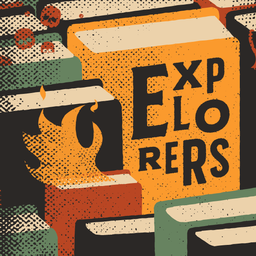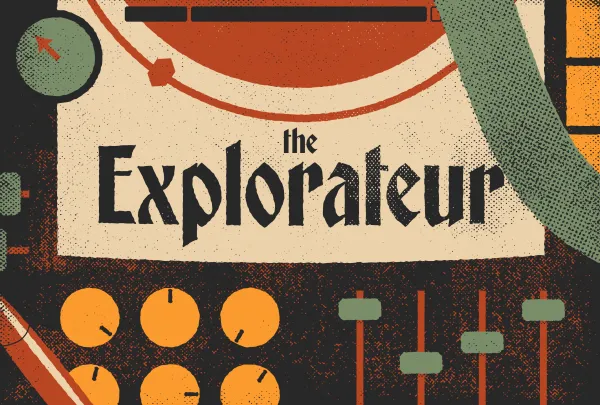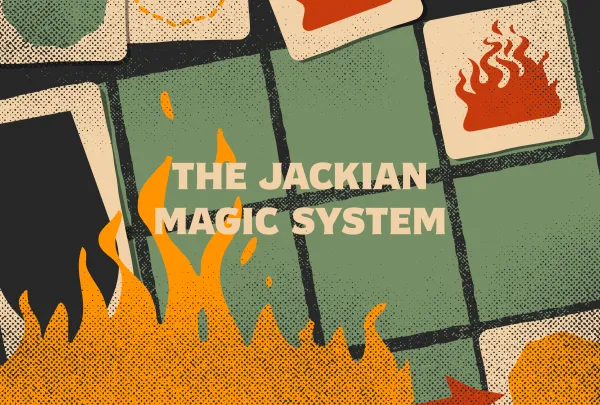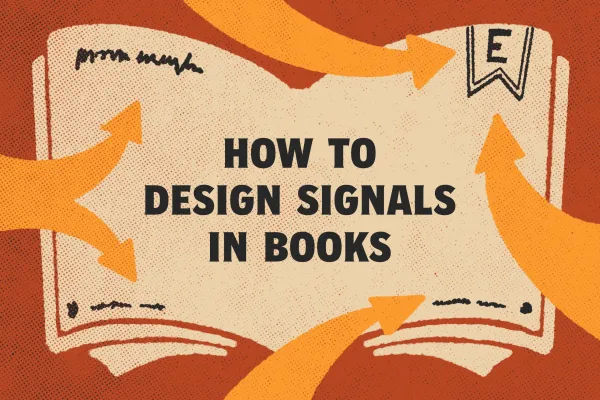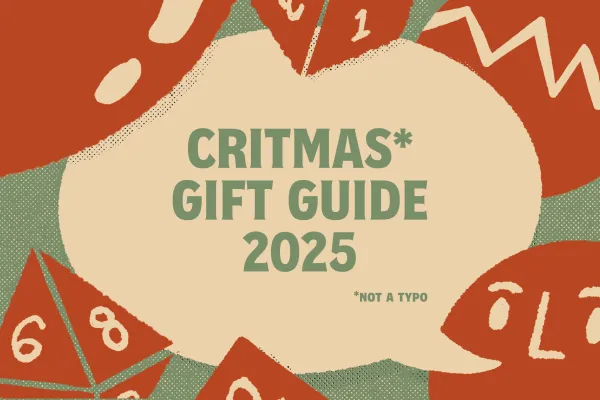The Explorateur: Issue #9
Monthly design discoveries for tabletop rpg designers including jams, critique, theory, and tools. Vetted. Looted. Curated.

The audience of few is many.
Years ago, I worked on a tortilla chips brand and learned something that stuck with me. Hosting a weekly "Taco Tuesday" made a lot of money for companies that make taco supplies. This probably doesn't sound all that illuminating, so let me clarify. When El Paso decided to do a campaign for Taco Tuesday, somewhere around the 2010s, they projected low engagement. Most non-taco eaters were not going to suddenly eat tacos on Tuesday just because of alliteration. So, the account team and strategists (as they usually do) started second guessing the idea. It would be devastating if less than 3% of the audience decide to maybe eat more tacos.
And they were right. Less than 1 percent of people who saw the advertisements decided to change their habits and eat tacos on Tuesday. Less than 1%, which, after one week, was several million dollars in sales. It turns out less than 1% of a lot of people is still a lot of people. And the people who wanted to eat Tacos on Tuesday were looking for any excuse to eat more tacos on any day of the week. And when they had tacos on Tuesday, they told everyone about Taco Tuesdays. They dressed up for it. They invited non-taco enjoyers (maniacs) to enjoy tacos with them.
The small audience is big enough, because the small audience is bigger than you think, and they're not just passive recipients—they're zealots and evangelists with a tendency to multiply.
So, when making a game, maybe don't worry about the size of your audience. Be your own audience. You're not as singular as you think.
Let's get on to last month's discoveries...
Quest Givers
This section shares any game jams, contests, and collaborations. If you want to share a community event, jam, or project message me on Bluesky.
- The 2025 ENNIE Awards. Nominations go live July 4th (weird timing but okay), Favorite Publisher July 5th, Voting July 11th, and winners are announced August 1st. Want to be a 2026 judge? Apply before July 8th.
- Mausritter System Reference Document. The super popular "sword-and-whiskers" rpg has officially released its SRD under a Creative Commons Attribution (CC-BY 4.0) license. In other words, it's time to mouse it up.
- One Page Dungeon Contest. This year's theme is "Never Split the Party!" In other words, make a one-page dungeon that may or may not split the party (or maybe the dungeon is a party). Contest ends July 31st.
- Appx N Jam. I'm excited for this one. When you enter, you'll get a fake weird fantasy title, then using just that title for inspiration, you'll make a 4-page module in the vein of the retro pulp fantasy stories that inspired D&D.
- Cassette Case Game Jam. You can fit quite a bit into a standard cassette case, so why not pack a whole game into one? This jam, like many others, is all about brevity, form factor, and a can-do attitude. Jam ends September 30th.
- Get Razed Jam. The game Dirtbags! (a sci-fi shooter ala Running Man) is having its first ever game jam. If you like Tank Girl and Starship Troopers, this might be for you. The jam ends July 31st.
- Summer LEGO RPG Jam II. The LEGO Jam is back. The only design challenge where you turn LEGO sets (and pieces) into rpg bric-a-brac. This time submissions can go even weirder. Jam ends August 29th.
Reviews & Exhibits
Critique and examinations of tabletop rpgs, adventures, and more. I try to share exhibits with something to say other than the usual, "Is this worth buying?"
- Brackish' Bathtub Review by Idle Cartulary. Brakish is a 19-page module for Mothership by Norgad. Nova, as always, distills everything that makes it interesting into a quick 5-minute read: concept, structure, form, and context.
- Wolf Eats Wizard: Wolves Upon the Coast by Grinning Rat. Luke Gearing's megacrawl continues to inspire and mutate others' work. In this review, Nate shines a light on its deliberate obsession with currency and rumor.
- Owe My Soul to the Company Store by Valeria Loves. What the layout doesn't do for convenience, it does for content. Owe My Soul is a dense zine; one Valeria describes as "The Greatest Political Module Ever Made."
- Arkos by Between 2 Cairns. Podcast. The science-fantasy sandbox about a city thrown into disorder by a tyrant god is imaginative, dense, and a little messy. It's also one of Troika's best 3rd party adventures.
- What to do with Daggerheart? by The Walking Mind. Like many games before it, Daggerheart's gameplay is broad—broader than even D&D 5E, which is what led Rob Donoghue to ask, "Why?"
Rumors & Best-iary
The never-sponsored section of the newsletter. These links are the treasures I found while wandering the internet wilderness.
- The Blades of Gixa: History by Paradiso. Video. This first video for Paradiso's megadungeon captures the sheer audacity of it. It is a colossal and dense beauty to behold—if it doesn't suck you in like a black hole.
- Mythic Bastionland Deep Dive by Chris McDowall. Video. This series pulls back the curtain on McDowall's design process and how Mythic Bastionland came out of blogging, playtesting, and slow but steady design iterations.
- Interview with Gavriel Quiroga by OSR Rocks! If you like metal, rules-lite systems, and books pumped full of art, you might already be a rabid fan of Quiroga's work. If not, start here, get the guided tour, then dig in.
- Interview with Tim "Old Dog Games" Denee by Old Men Running the World. Paragon is a great system, Deathmatch Island is one of its greatest iterations, and Tim Denee is one of our best game designers.
- Are Hexcrawls the Adventure's Final Form? by Reading D&D Aloud. Video. Ben Riggs (Slaying the Dragon), Jacob Hurst (Hot Springs Island), and WF Smith (Barkeep on the Borderlands) talk hexcrawls, adventures, and more.
- The Tight 90 by Aaron King. How do you run a 90-minute session? As usual, Aaron has some great advice here, but what I really like is how this advice can be baked into the adventures themselves. How do we write 90-minute games?
Theory & Advice
Any ideas, guidance, and tools that make playing and creating in the tabletop space more engaging, meaningful, and rewarding. This is the catch-all section.
- Designing Dungeons Course by Rise Up Comus. The last chapter, "Writing Random Encounters," is finished, which means the entire course and its workbook are officially ready for whoever dares to design the dungeon...
- Defining Interactivity by All Dead Generations. A lot of dungeon design focuses on "interactivity" (Guilty), but what is interactivity? How does it manifest in different ways? And what should you fill your dungeon with?
- Multitudes, Not Mechanics by Idle Cartulary. "Would Advanced Fantasy Dungeons have been the same game without Hodag’s art? Hell no. [...] Would Mörk Borg be the same without Johan Nohr’s layout? Of course not."
- Why Most Magic Items Suck by Grinning Rat. Nate gives us three things to consider when making magic items that aren't a +1 sword or a Potion of Healing. My favorite is maybe the simplest and easiest: make them lore.
- The Languages of D&D Imply a Specific Setting by Prismatic Wasteland. I love the creative exercise Prismatic is doing here, what can we extrapolate from D&D's "common" language? A really cool setting.
- EVERY Initiative Method: Addendum by Knight at the Opera. 20 more methods have been added to the list making this one heck of a mechanical walkthrough. Want a summary? Dwiz reviewed them too.
- Running Investigative Horror in Summary by Roll to Doubt. This GM advice has a lot of great insight into what makes good investigative adventures work, and what makes particularly bad ones tough to run.
- Don't Write Lore, Write Tables by David Blandy. To put it another way: write lore that's designed to land on the table, which, as luck would have it, tables are especially good at doing...
Design Lore
Design inspiration from beyond tabletop rpgs. I share them when I find them.
- The 2025 Print Awards. Across the many non-rpg award shows, The Print Awards, whose winners are judged by working professionals, is likely the most applicable to rpgs because it focuses on books, covers, packaging, and more.
- Handwritten Font Pairing Guide by Typeheist. Handwritten type tends to look like it was slapped on, rather than designed—which makes this free guide helpful for those of us reticent to use them.
- How to Protect Your Art from Big AI. This compiled list of resources by True Grit Texture Supply offers some minor defenses against big tech's unholy crusade to turn all of humanity's art into Soylent Green-styled sludge.
- Studio Showcase: Family Bros. Every year, more and more physical spaces look the same as the cynics grind away their personality in the spirit of ease and efficiency. Family Bros designs the opposite: beautiful inconveniences.
- Artist Showcase: Conner Fawcett. You've seen their art in everything—Last Train to Bremen, Lancer, Wanderhome, Friends at the Table—it never missed. I love the texture of Fawcett's work.
Design Archive
Sometimes I miss something or want to bring it back from the dead.
- Natural-Language Game Design by Rise Up Comus. The recent outpouring of love (and criticism) for Darrington Press' Daggerheart has me wondering how "natural language" might serve Actual Play rpgs particularly well.
- Whose Mechanic is it Anyway? by Trilemma Adventures. Whoever has to do the bookkeeping, should have the resources and incentive to do it. This very simple principle is still one of the best for all rpg designers.
Missed the last issue? Read it here.
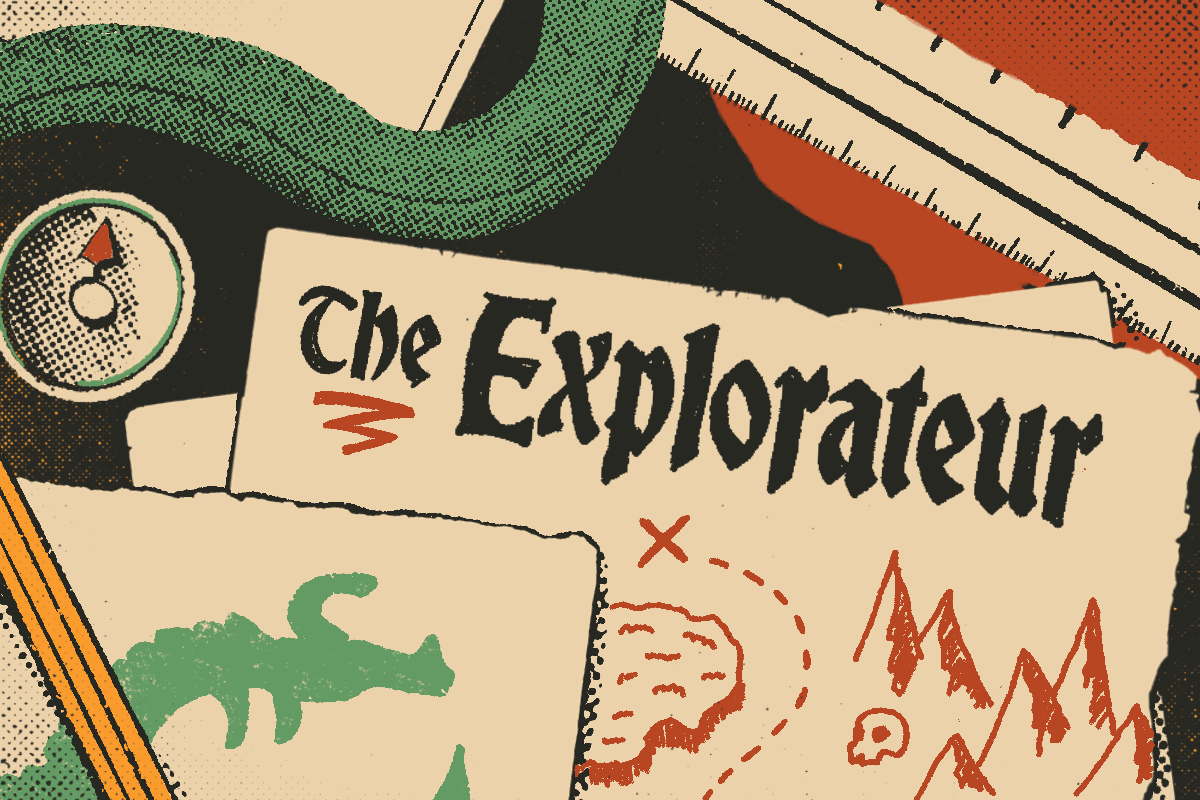
This newsletter uses rare affiliate links to support Explorers Design. If you notice any broken links, mistakes, or bad actors in this newsletter, please let me know.
Explorers Design is a production of Clayton Notestine. If you liked this issue, please consider liking, sharing, and subscribing.


